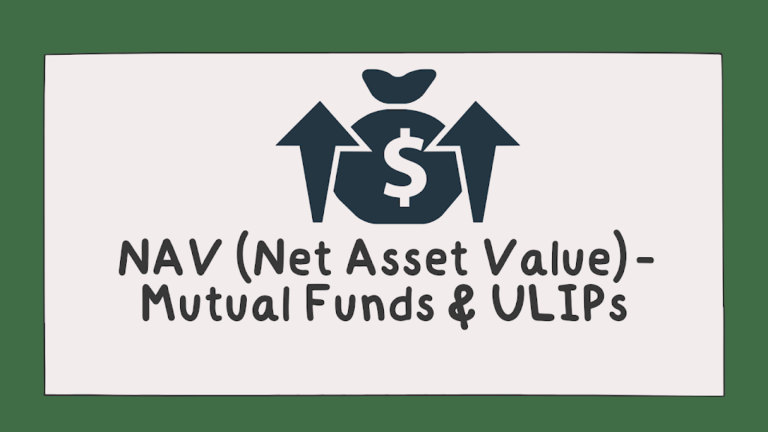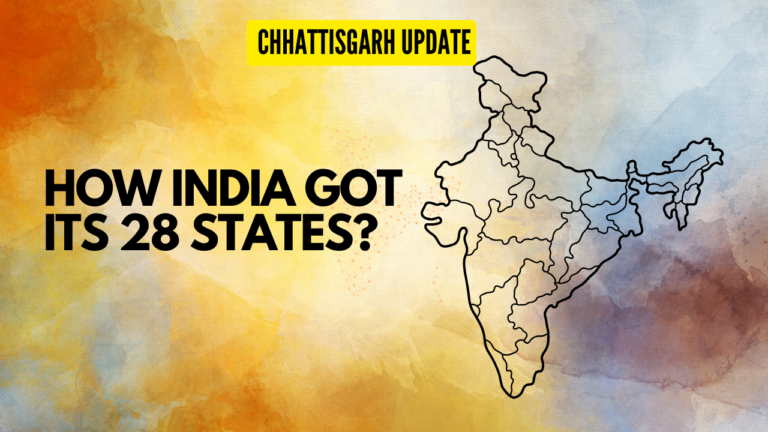If you want to import something from a different country, or for example, you want to export something from India to another country, then it becomes important to know about Incoterms. Incoterms are standard terms, whose full form is International commercial terms. According to Incoterms it is defined exactly what will be the delivery point for the seller? Where do buyers’ responsibilities start?
So what responsibilities are there in each term? of the buyer and of the seller? This is defined in Incoterms. Now FOB is also such an Incoterm, whose full form is Free on Board. If I expand it a bit more, then it is Free on Board ship. So is we talk about the ship, so that means that the article will go through waterways. So this term is used only in sea transport or river transport.
And exactly what are the responsibilities of buyer and seller in it? At which point does the seller hand over the cargo to the buyer? And from where do the seller’s responsibilities start? We’ll know about that in detail in this video. We’ll also see that what documentation does the seller give to the buyer? So stay tuned from start to end so this concept gets exactly clear to you. Let’s go straight to the blackboard.
In this artical, we are going to talk about FOB, whose full form is Free on Board. And the port is written in brackets because at whichever port the cargo is loaded, its name comes here. So we write FOB Visakhapatnam port, for example. So this Fob is an Incoterms Incoterms mean international commercial terms. ICC, International chambers of commerce has made 11 Incoterms like this, which basically defines a standard. Assume there is some import-export between countries Any buyer is in china and any seller is in India,
So any differences or disputes don’t happen there, and people exactly know till which point they have to deliver, and after that at which point will the buyer pick up the cargo? And where does the responsibility transfer? For all these Incoterms are defined. So the most important thing about Incoterms is that these define the delivery point. that till which point it will be the seller’s responsibility? And after that, it’ll be the buyer’s responsibility. So this delivery point becomes very important, after that, it becomes the buyer’s responsibility, cost, and risk. So all the responsibility, cost, and risk get transferred from the seller to the buyer.
So in FOB, where exactly is this delivery point where the responsibility is transferred? We see that in FOB. And before that let’s understand the process, how import-export is done. So let’s assume there is a buyer, there is a steel factory in Shanghai. I told it in my previous video. I am taking the same example. So let’s assume there is a steel factory in Shanghai, which wants to import iron ore in India. Let’s say inside Odisha there is an iron mine, and it wants to import iron ore for the steel factory. So what will happen?
The seller will be responsible for the warehouse In the case of iron ore, it’ll be called a yard. So whatever iron ore yard handling charges will be, the seller will bear those. After that loading will be the seller’s responsibility. So the inland transportaion will be, here the iron ore will travel through land, it can be through road or through train. So all those charges will be handled by seller. And after that custom clearance is also responsibility of seller. Whatever freight forwarder the logistics is handling, that fees is also his. Then there will be terminal charges. Assume this cargo is being exported from Visakhapatnam port.
So whatever the port is charging, that seller has to pay. after that, the cargo has to load on the ship. So whatever terminal will be in the Visakhapatnam port, they have to bring it there. After that There is a difference in it. We talked about ‘free alongside ship’ in the previous video. What happens in free alongside ship? The seller brings the cargo to the terminal and leaves it there. And the buyer does the loading on the ship. But in the case of free onboard, the loading that also becomes the responsibility of the seller. So I place a division here, from here to here. All of these become the seller’s responsibilities.
So here in the responsibilities, he has to get done transportation, he will bear the cost himself, the risk is his as well, if there is any damage in the cargo, then whatever loss happens, the seller has to bear it. So till loading, when the cargo is loading on the ship, that is our delivery point In this case. We were talking about the delivery point here. This is the delivery point that he will load the cargo on the ship that will be the delivery point. Any expenses and responsibilities, that will be of the buyer. So what will be in it?
One, whatever the shipping charges will be for traveling in sea which we call ocean freight, the buyer will bear it. Also for the risk of any damage, the buyer will have to do an insurance So the buyer will bear the insurance also. Any unloading charges at the Shanghai port, the buyer will bear those, he will pay customs clearance also He will pay import duty and taxes in China as well. After that transportation to destination, transportation from the port to the factory will be the responsibility of the buyer.
We saw that the main point here is that after loading, all the responsibilities get transferred to the buyer. If we want to see the highlights of the Free on Board, what will that be? First of all, Free on Board is applicable only on Sea or inland waterways transport. On the road transport, I’ll write here also. Roan, air, and in rail, it’s not applicable in those. So if you’re sending cargo via road, air, or rail, then you won’t use FOB.
In that case, you can use FCA, it means free carrier. What is FCA? I have made a detailed video about that. You can watch that. So Free on Board is a very common shipping term. FAS means free alongside. It is more common and practical than FAS. It is more practical in this way, let’s assume a seller is handling the cargo till the terminal. If he will do the loading then it’ll be easy in his own country. But if the buyer handles the loading there, that can be a bit tough for him. So that’s why ICC recommends FOB more than FAS. What are the other highlights of it?
IN FOB it is said that generally it should be used only when it’s a bulk cargo. As you can see, the bulk cargo here is iron ore. If the seller brings it to the terminal then it’s easy to load. It can be loaded directly in the ship, but if it’s a containerized cargo, assume garments, inverters, or printers have to be exported. So they will go in containerized cargo and in it so there is no time to load the container and the container is never loaded at the terminal. So this is a practical problem.
So what happens in it? generally, containers are at the location of the freight forwarders. or whichever is the main logistics carrier, the container is loaded at its warehouse. So in the bulk cargo, you can easily use Free on Board, but if it’s a containerized cargo then you should use FCA. So it’s recommended here also. that you have to use FCA for containerized cargo. And then in FOB, as we talked before that the goods are cleared for export and also loads them in the ship. So we talked about loading charges, that seller handles them. If we see an example that how terms and conditions are written?
If 50,000 tons of iron ore has to go, then it’ll be written like this, 50,000 tonnes iron ore FOB Visakhapatnam port, India. So Free on Board Visakhapatnam port. So now it’ll be clear to both buyer and seller that the seller will provide Free on Board at Visakhapatnam port. And after loading it’ll be the buyer’s responsibility to transport and all of the cost and risk, It won’t be Shanghai port here.
It’ll be Vizag port here. So it’ll be Vizag port in this case. So after Vizag port, all the responsibility will be of the buyer. As we just talked. After that seller has to give all the documentation. In which there is a commercial invoice, packing list, or it is a wood packaging certificate. It is generally when goods are loaded over wood pallets, it’s there in that case. It won’t be applicable in the case of iron ore
. And the most important document here is the ocean bill of lading. The ocean bill of lading is a title document. IF you send any cargo via road, air, or rail in that case bill of lading is a consignment bill of lading. But when you send it via sea then this bill of lading is a title document. Assume if the seller does not give a bill of lading to the buyer, then buyer won’t be able to take the cargo because he won’t have the title of the goods. So many times if the payment of the seller doesn’t come, then he holds the bill of lading.
That’s why the title is important so the buyer should insure that he clears all the payments of the seller. Only after that, he will the ocean bill of lading. And seller also has the responsibility that he does all the clearances. Like customs and freight forwarding. And he will be able to do it when the payment is done on time. So I think I have covered all the major points. What is done in Free on Board?




